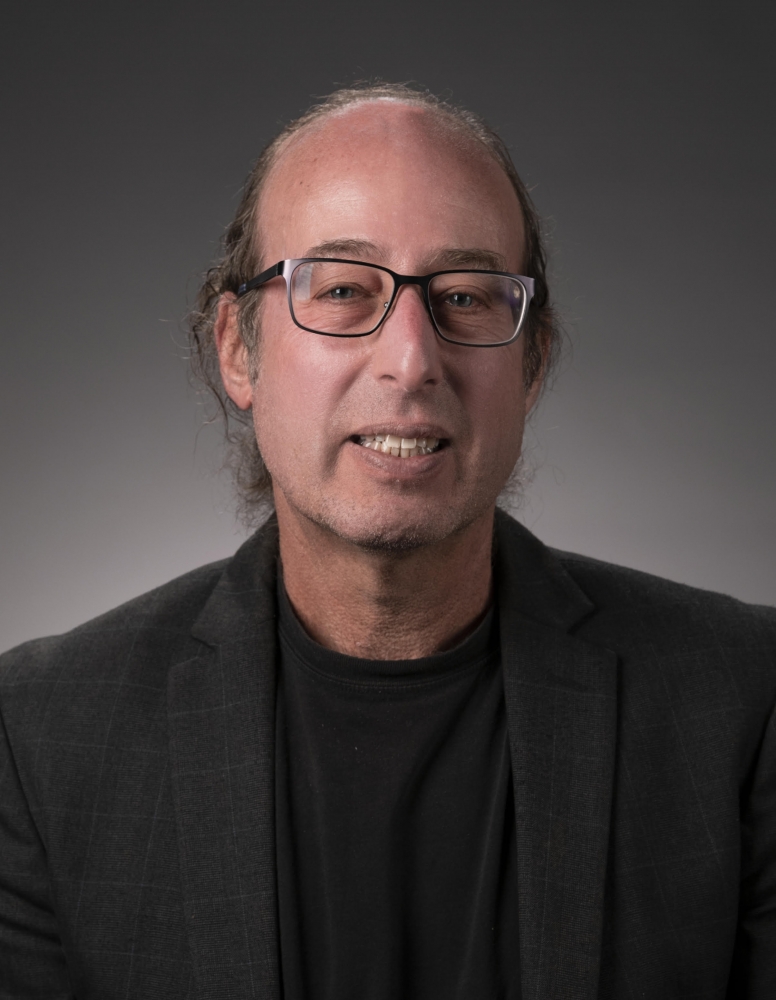
A Rare and Exceptional Gift

Her life was nothing short of a miracle.
Born into an extended family of 6,000, all of whom share a rare genetic mutation that inescapably leads to Alzheimer’s disease (AD) by the age of 45, Aliria Rosa Piedrahita de Villegas of Antioquia, Colombia, was the sole escapee of that fate. While much younger relatives began to deteriorate mentally and physically, she lived a normal life.
The phenomenon of Piedrahita de Villegas, who died recently at the age of 77, stunned the international team of neuroscientists who had been studying her family for decades.
“She was so fascinating because she had this mutation that just inevitably leads to Alzheimer’s disease and here she was, 70-something years old and still fine,” said UC Santa Barbara neuroscientist Kenneth S. Kosik, a member of that team. Thanks to Piedrahita de Villegas' willingness to participate in their research, the scientists have gained important insights into the disease that affects an estimated 44 million people across the world.
When Piedrahita de Villegas died, she left the world one more gift: her brain. The researchers hope it will help them understand to an even greater degree the mechanisms that allowed her to stave off the effects of a particularly aggressive, early-onset form of the disease that has been passed down through the generations of her family. Thanks to funding from the National Institutes of Health, Kosik’s group has secured a precious section of her brain, from which they hope to find the connection between mutant genes and the structures they produce.
Kosik’s group is one of several collaborations around the globe to receive sections of tissue.
“We’ll be doing something a little different from the others,” Kosik, UCSB’s Harriman Professor of Neuroscience, said of his plans to study the tissue. His group’s approach will be to employ a relatively new technique that allows them to sequence the genes of individual cells in the postmortem tissue.
“If you sequence a chunk of tissue and find a gene that looks abnormal, you’d still be wondering what kind of cell this abnormal gene came from,” Kosik explained. By sequencing individual cell nuclei, he said, one could pinpoint a mutation to its resulting cellular context.
Mapping the genes that change in their expression in the brain of this exceptional individual has great potential for revealing the basis of her protection from Alzheimer’s disease.
"Remarkably, she had a second exceedingly rare mutation, which provides a clue that might begin to explain her status as an escapee of the disease," Kosik said. In addition to the underlying gene mutation resulting in early-onset Alzheimer's, which Kosik’s team traced back to a single founder sometime after the Spanish invasion, Piedrahita de Villegas is unique in the family due to a second variant in a gene that produces lipoproteins called apolipoprotein E, or APOE. The APOE gene variant is called the Christchurch variant, which also is very rare.
“Even more amazing, not only does this second rare mutation show up, but it shows up in the homozygous condition — from both parents,” Kosik said. “The probability of one rare mutation is very small, but a person with two exceptionally rare mutations in the setting of an Alzheimer’s rare mutation, how unlikely is that?”
The homozygous condition turns out to be an important clue, Kosik said. Combing through their extensive library of genomes in their search for other relatives with the variant, Kosik’s team in previous research found that others did have the Christchurch mutation, but from only one parent. It is thought that having two copies somehow inhibits the action of the Alzheimer’s-producing gene.
“Other collaborators imaging her brain while she was alive found lots of amyloid plaques, but no tau protein,” Kosik noted. While they found the amyloid plaques — protein aggregations characteristic of Alzheimer’s disease — in her brain, these plaques were not associated with pathological tau, the main protein associated with Alzheimer’s and other neurodegenerative diseases.
“Amyloid and tau — they go hand-in-hand. She decoupled the two hallmark phenomena of Alzheimer’s,” Kosik said.
This decoupling may become an important mechanism to exploit for future potential therapies, according to Kosik, who suspects the double Christchurch variant might somehow be interfering with a receptor called LRP1 that is involved in the spread of the tau protein.
For the moment, though, Kosik is focused on solving the mysteries of this rare brain, one that defied the odds and avoided the fate visited upon her family for centuries.
“We are going to get some insights here,” he said. “But the real breakthroughs are going to require us to go deeper into the molecular biology. As valuable as this brain is, it’s going to take another layer of molecular understanding to get us to a treatment.”
Read about this research in this New York Times story.



